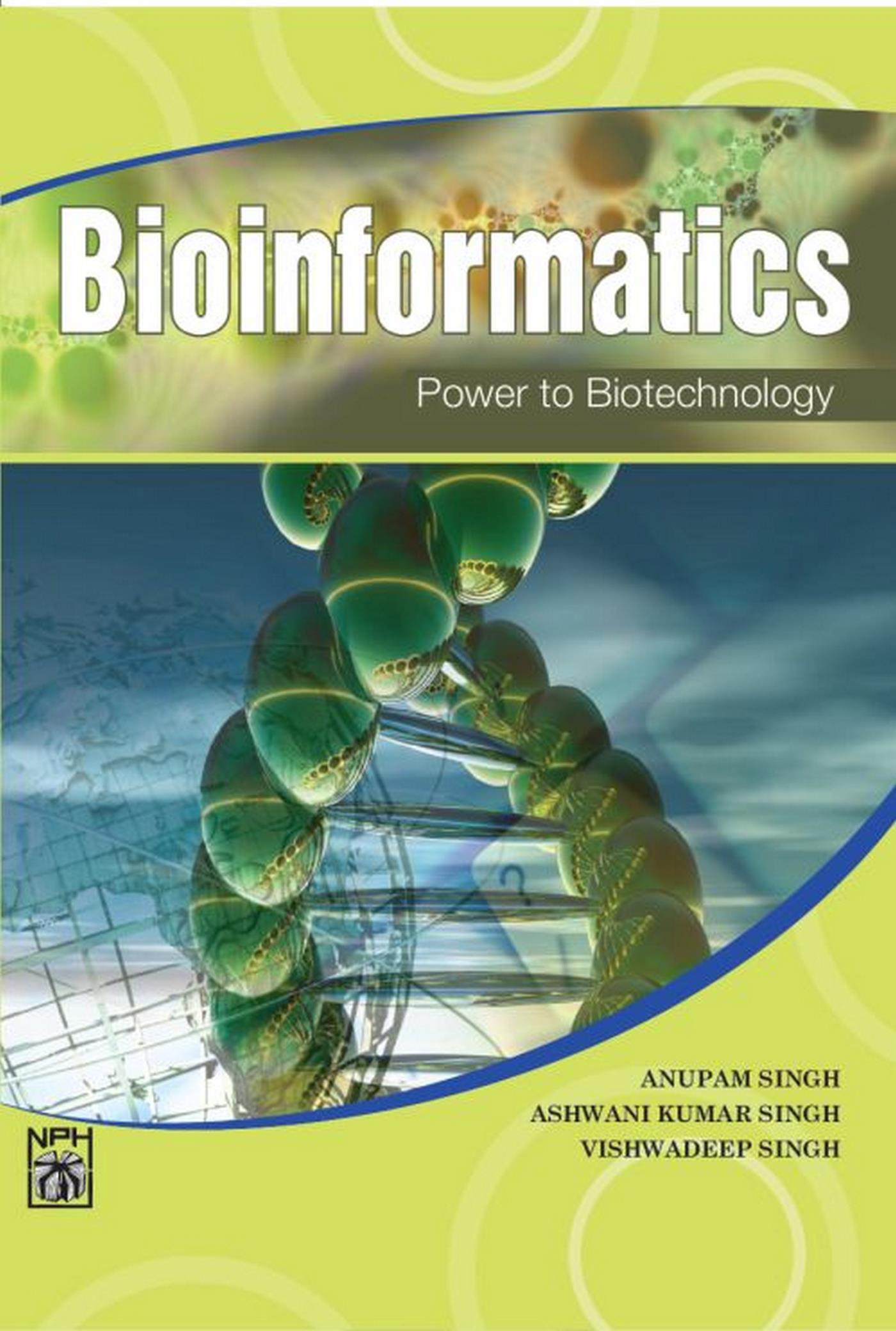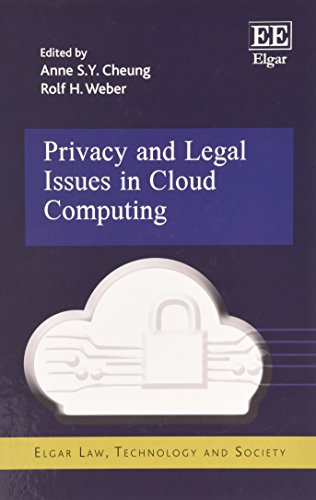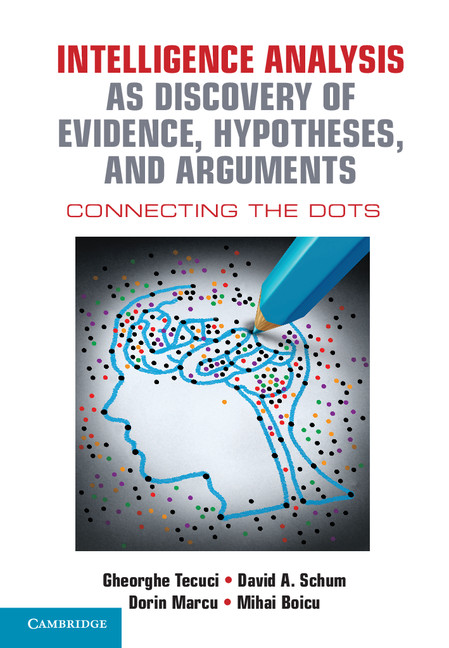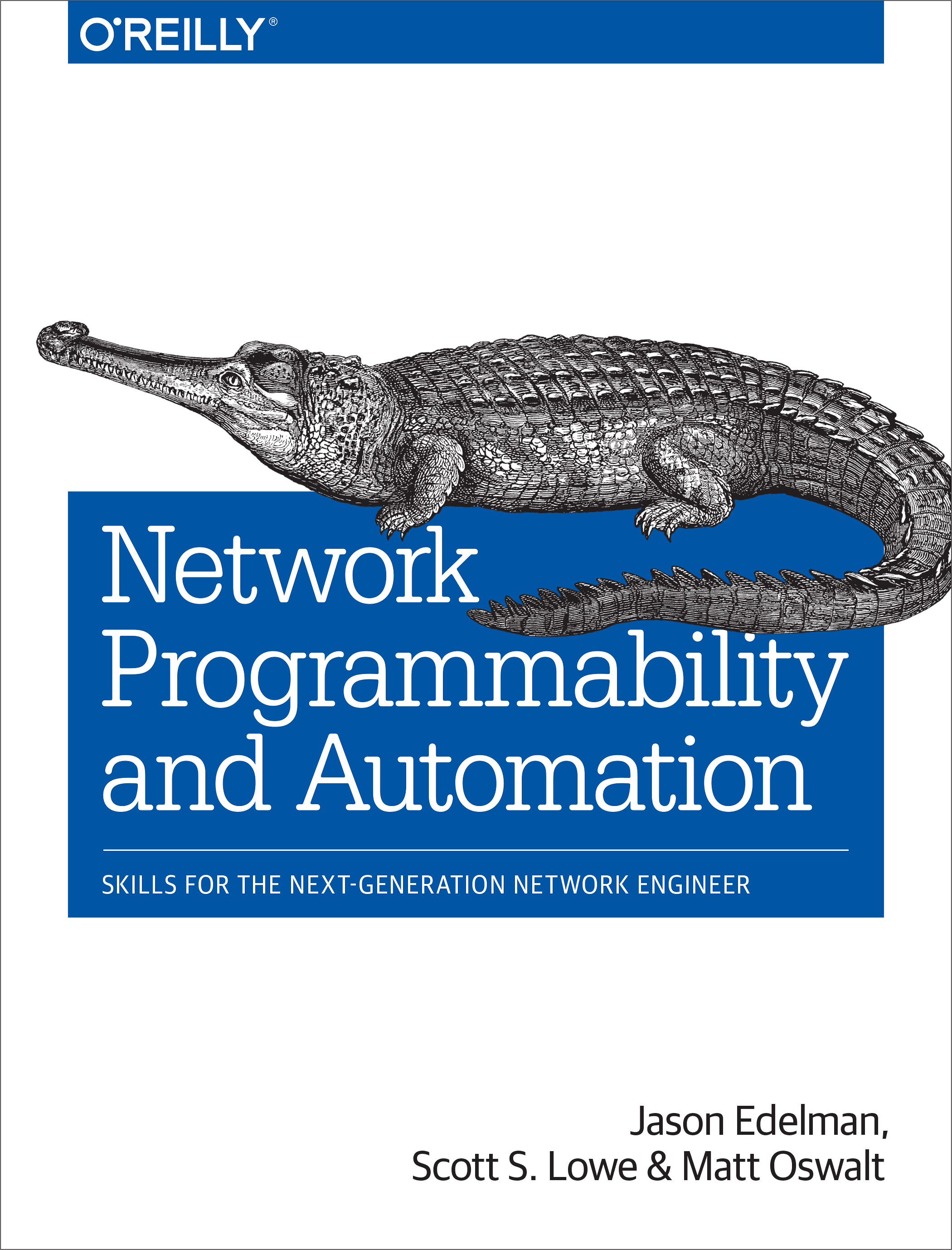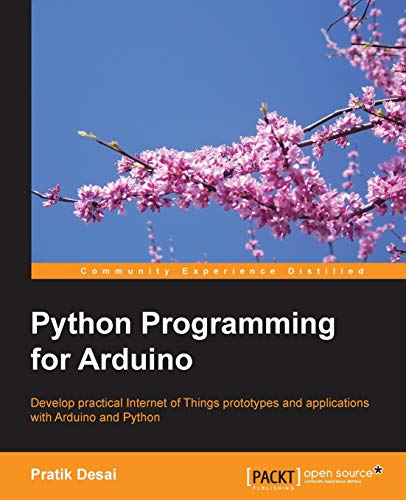Bioinformatics
by ANUPAM SINGH
2020-07-22 11:44:29
From very old times, human is dealing with biological information and data. After 17th century, when biological data started accumulating at a very high pace, then biologists started feeling a need of some technology which can make their task easy. A...
Read more
From very old times, human is dealing with biological information and data. After 17th century, when biological data started accumulating at a very high pace, then biologists started feeling a need of some technology which can make their task easy. Along with it computational technology achieved big stones for the improvement is data management and information technology. Then biologists start using computational techniques for managing and handling biological data. Taxonomy is the first informatics problem for biologists. Later, data and information accumulation rate increases at a very high rate due to DNA or protein sequences, structures, drug bank, motifs and protein profiles and many more. While doing research, scientists and research scholars need very much scientific data regarding their work, which can be fetched through post or by meeting in-person. Development in Laboratory techniques and biological methods facilitated the collection of data. PCR and advance sequencing techniques flooded the biological databases. Bioinformatics, branch of Biotechnology, which gives the "power to Biotechnology" to make their work more precise and efficient. Using Bioinformatics, biologists can handle large amount of data, which can be in the form of sequences, structures, motifs, smiles, drug bank or some research paper. Bioinformatics is also providing good algorithms and ways to biologists to fetch the required data in an efficient manner. Even laboratory personals are provided power to analyze different sets of data to analyze in different sets. Bioinformatics is the application of computer technology to the management and analysis of biological data. The result is that computers are being used to gather, store, analyze and merge biological data. This will provide Similarity Searching Tools, Protein Function Analysis, Structural Analysis, and Sequence Analysis for advancements of biology. We can say, Bioinformatics is an interdisciplinary research area that is the interface between the biological and computational sciences. The ultimate goal of bioinformatics is to uncover the wealth of biological information hidden in the mass of data and obtain a clearer insight into the fundamental biology of organisms. This new knowledge could have profound impacts on fields as varied as human health, agriculture, the environment, energy and biotechnology.
Less


